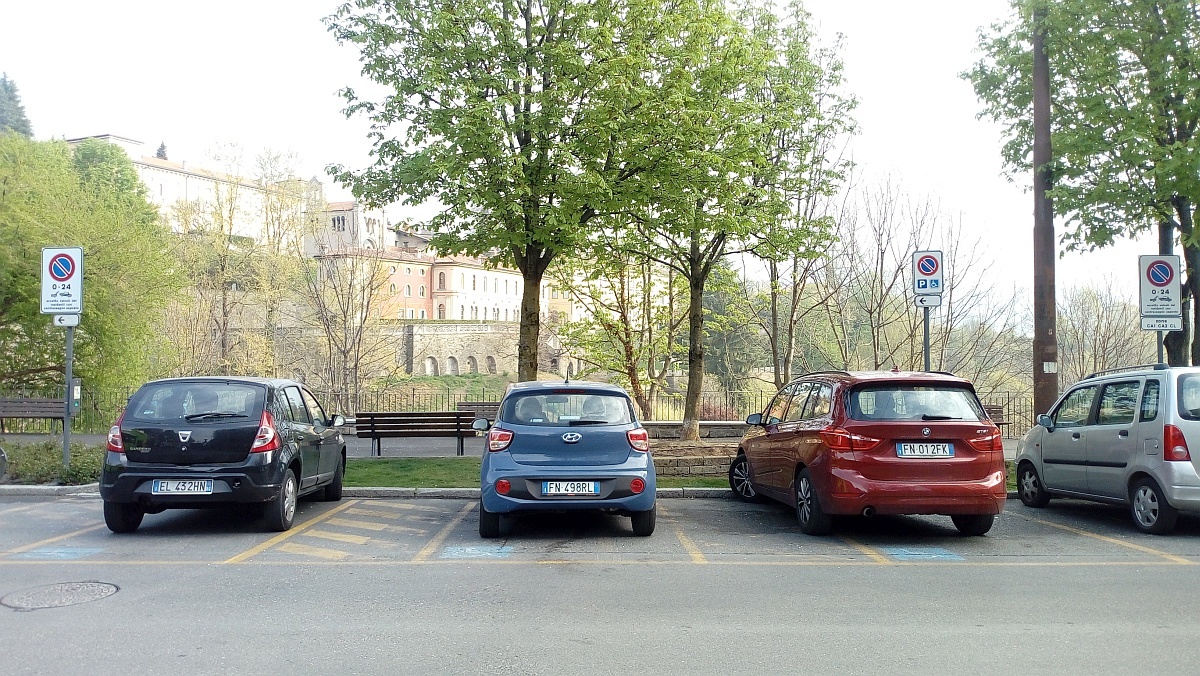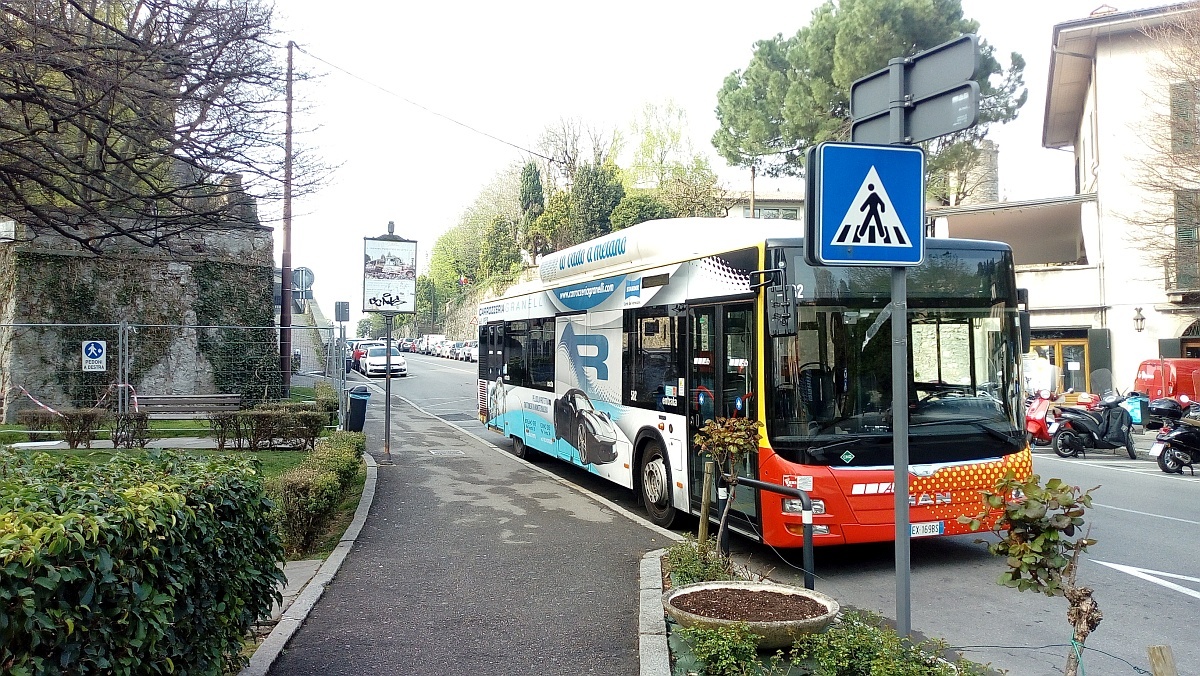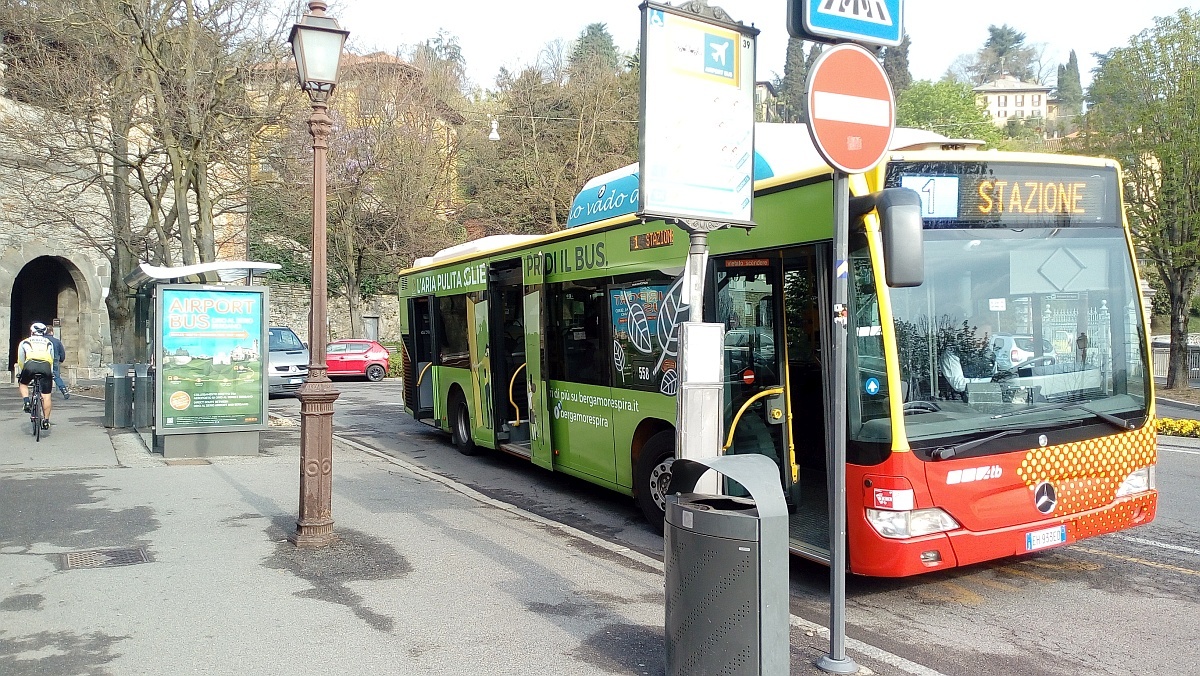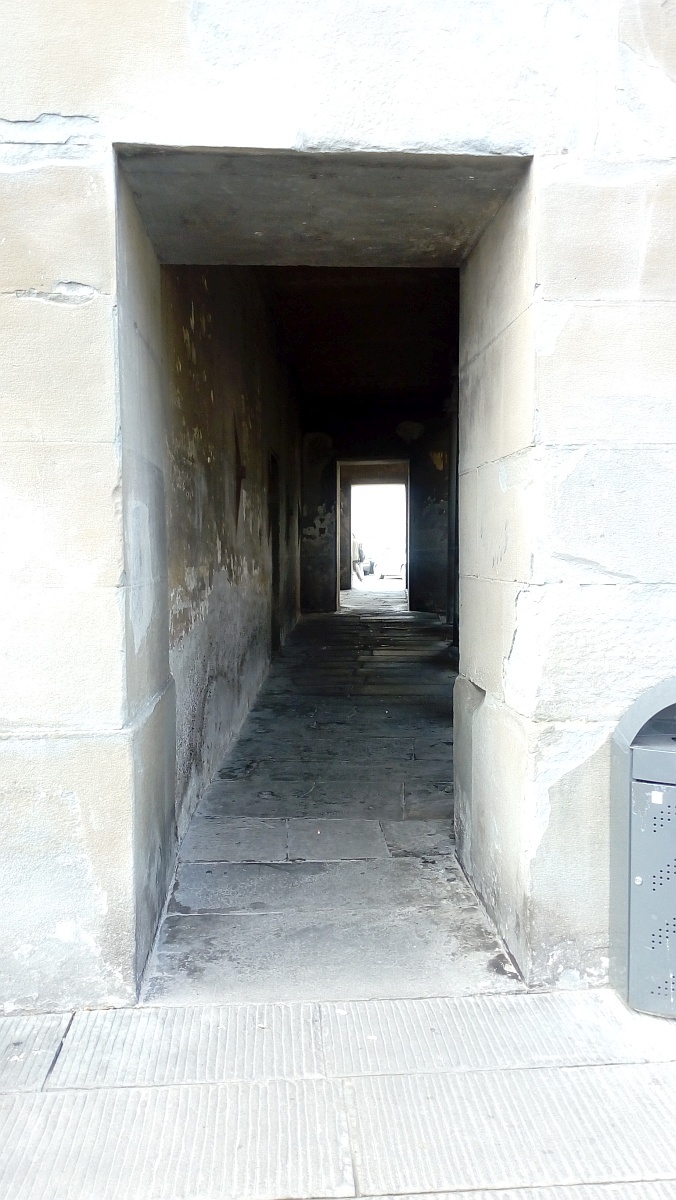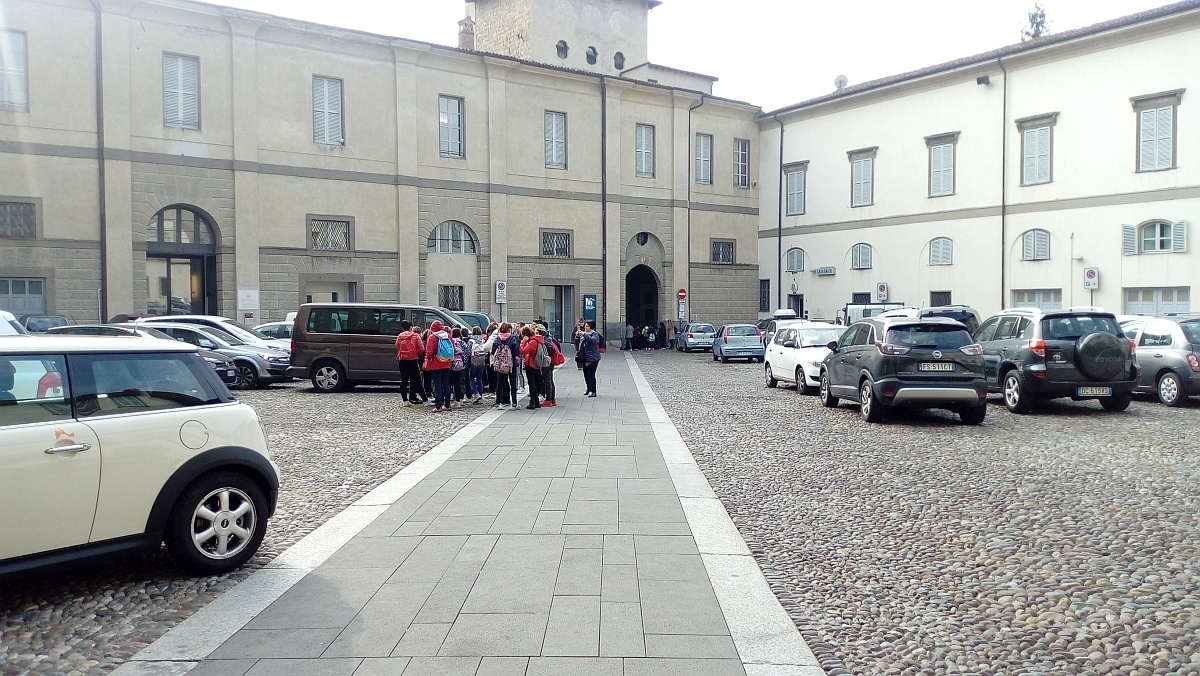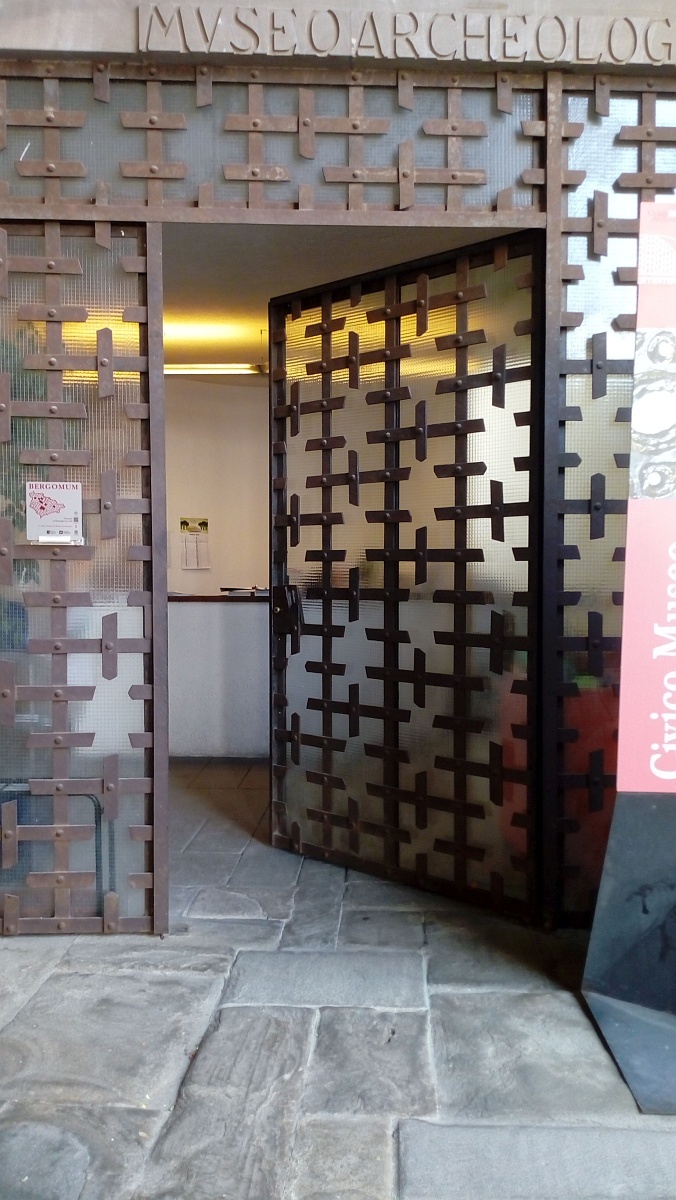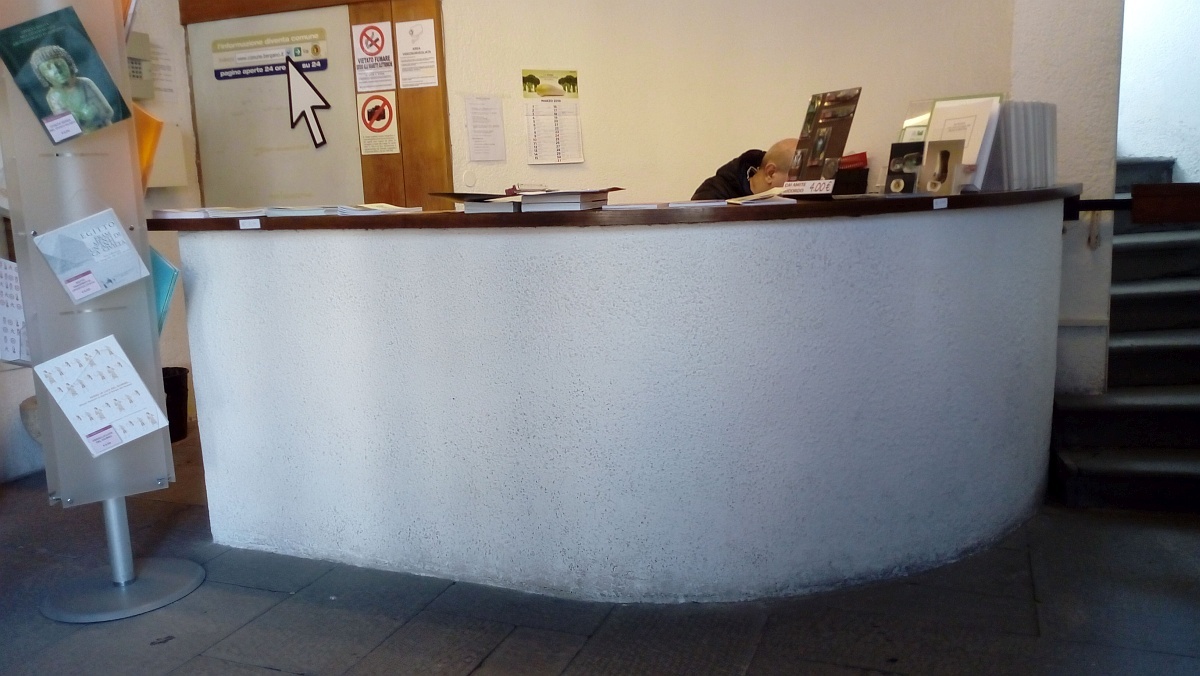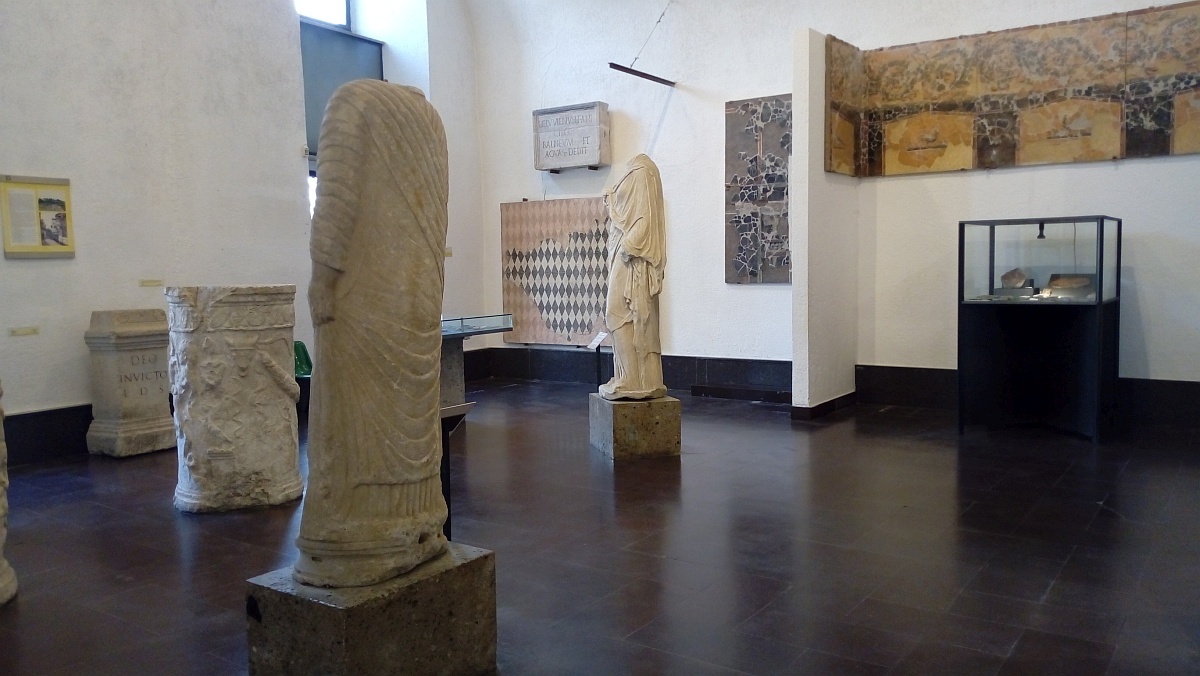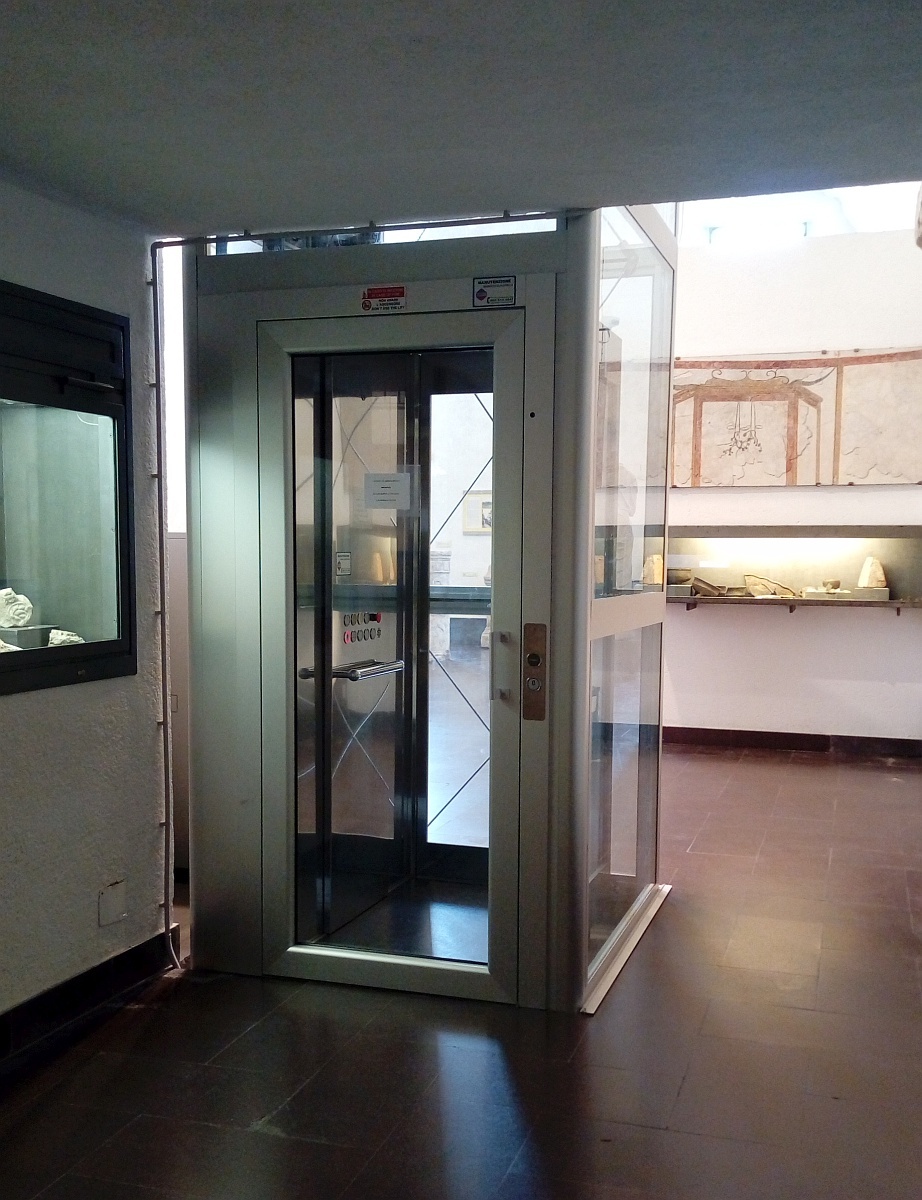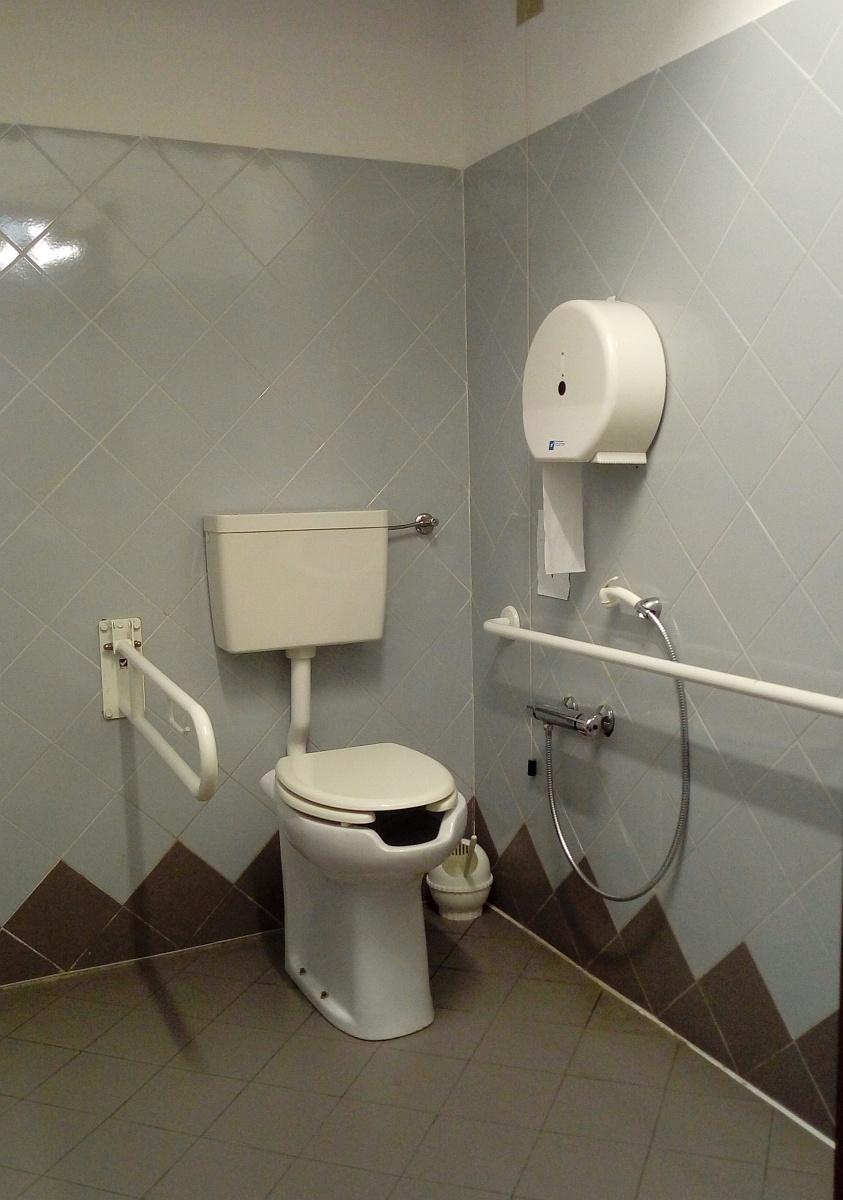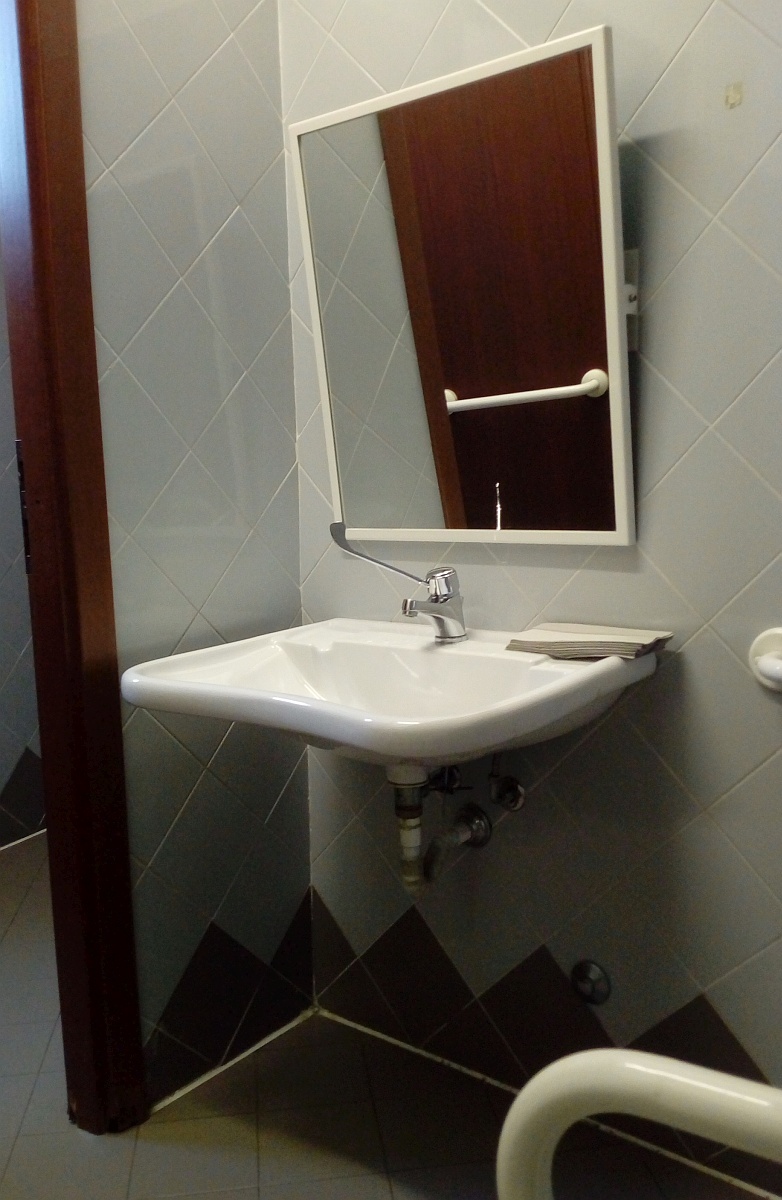The first display of the present Archaeological Museum was located in the Loggia under the Palazzo della Ragione in Piazza Vecchia, where it originated as a simple “Collection of Antiquities” and included a series of epigraphs.
Since then, the collection frequently changed location: the large, constant donations to the museum over its 5-plus centuries of life have in fact often made the spaces allocated to it insufficient.
In 1960, the Museum moved to a magnificent historic location, adequate for the enormous amount of artifacts housed: in fact, the collection can now be visited inside the 14th-century Palazzo della Cittadella, the work of the Visconti family, Lords of Milan, in an expanded and renovated layout on the occasion of Bergamo Brescia Capital of Culture 2023.
Already the walls of this place will succeed in restoring to the visitor the historical value of the exhibits kept there.
Going through the halls of the Museum you will be able to retrace as if on a journey the history of Bergamo and its territory, from its origins in prehistory to the period of Longobard domination, in the Middle Ages.
And don’t be surprised if you encounter groups of children and young people.
In fact, the Educational-Cultural Center, an evolution of the Museum’s Guide Group founded in 1981, gives the Museum a strong educational imprint and very often organizes guided tours, workshops and activities aimed at adults as well.
The nomadic museum: the other historical locations of the collection
In 1770 the collection was moved from its first location to the building above the Fontanone, where it remained until 1818, when it was dismembered and subdivided.
Meanwhile, other collections were formed, such as the important bequest of Count Paolo Vimercati Sozzi, consisting of artifacts from all over the province, and materials discovered by chance in various excavations and later recorded in the journal Notizie Archeologiche Bergomensi, published by Prof. Gaetano Mantovani in 1900.
In the Fortress, in the early 1930s, all the collections were brought together for the first time, but the war forced the exhibits to be transported to safety; it was not until 1960, as mentioned above, that the Museum found its final location.





